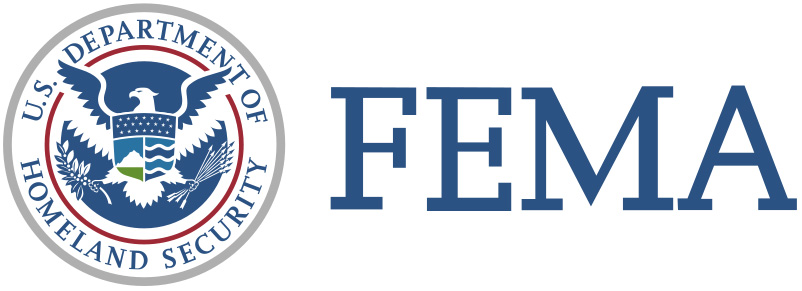A new approach to modernizing rates, Risk Rating 2.0, that is more aligned with actual risk is scheduled to go into effect next year when the new rate structure is announced in April 2020. The rates are scheduled to go into effect for single-family detached homes on Oct. 1, 2020.
Some experts have long been advocating for a rate structure that is more equitable as far as pricing flood insurance based on risk. And they are cautiously optimistic that the new structure may address some of the issues relating to fairness, transparency, if not eventually putting the program on a path to sustainability.
“This new approach is likely to be fairer and more equitable and intends to better communicate risk through insurance rates,” said Laura Lightbody, project director of flood-prepared communities for the Pew Charitable Trusts. “If the program is seen and better understood as a fairer program that more closely reflects actual risk of the policy holder, you could see more uptick in policies because of the transparency of the program.”
The NFIP is still some $20 billion in debt after forgiving $16 billion of debt last year.
Ray Lehmann, director of finance, insurance and trade policy at the R Street Institute, said he is supportive of the approach that FEMA seems to be taking but has concerns that a lack of clarity could create a backlash.
“It gives me some déjà vu to 2013 and 2014 coming out of [the Biggert-Waters Flood Insurance Reform Act of 2012] where there was a lot of what I would call histrionics about what the rate changes would be that proved unproductive for reforms that were fought for pretty hard.”
There has already been some pushback to the new rate structure. Senate Minority Leader Chuck Schumer called the changes “callous” in a Newsday report and said they put a “bull’s-eye” on middle-class Long Island homeowners. "If flood insurance becomes so expensive that people can't afford it, then their dreams will be washed away," Schumer said.
Lehmann said that early coverage of Risk Rating 2.0 is and will be that people’s rates are going up, but that doesn’t reflect all the changes in the program. He noted that the caps for raising property rates in a year are generally 15 to 18 percent.
Lehmann said that addressing outdated flood mapping is a crucial part of reforming the program as some of the most flood-prone zones are on some of the most outdated flood maps. “The [Government Accountability Office] has done a lot of work on this and found that of the highest repetitive loss properties, an abnormally large number of them have maps that are more than 15 years old.”
In an email to Emergency Management, a FEMA spokesperson said that FEMA is incorporating new technology, data and modeling methodologies, building off years of “investment in flood hazard information” to develop new rating methodology. That includes private-sector data sets, catastrophic models and evolving actuarial science, the spokesperson wrote.
“While actuarially sound, our current rating methodology is heavily dependent on the flood hazard depicted on the Flood Insurance Rate Map, the 1-percent-annual-chance-event.” That “single view of flood-hazard information created dramatic changes in pricing that don’t accurately reflect the flood risk to property near the edge of a flood zone,” the spokesperson wrote.
Risk Rating 2.0 will determine flood risk by incorporating information such as different types of flood, the distance a building is from the coast or another water source, or the cost to rebuild a home, the spokesperson wrote. “By reflecting the cost to rebuild, Risk Rating 2.0 could deliver more equitable rates for policy holders of lower-value homes.”
The spokesperson said that the new rating system and information provided will help agents more easily price and sell flood insurance policies and that overall, it will help customers better understand their flood risk and provide them with more accurate rates based on the property’s unique flood risk.
Such information is crucial for the market and for communities that for planning purposes must know the flood risk when they go to approve zoning and development. “There are a lot of places where a developer comes in and puts up the plan and it doesn’t come out until later what the full flood impact was of the project,” Lehmann said. “That’s important information for people at the local level to know.”
There are approximately 3.5 million single-family home policies in the NFIP and all of those will be transitioned to the new rating plan. The initial rollout will focus on single-family home policies, but subsequent phases will include non-single-family policies.













